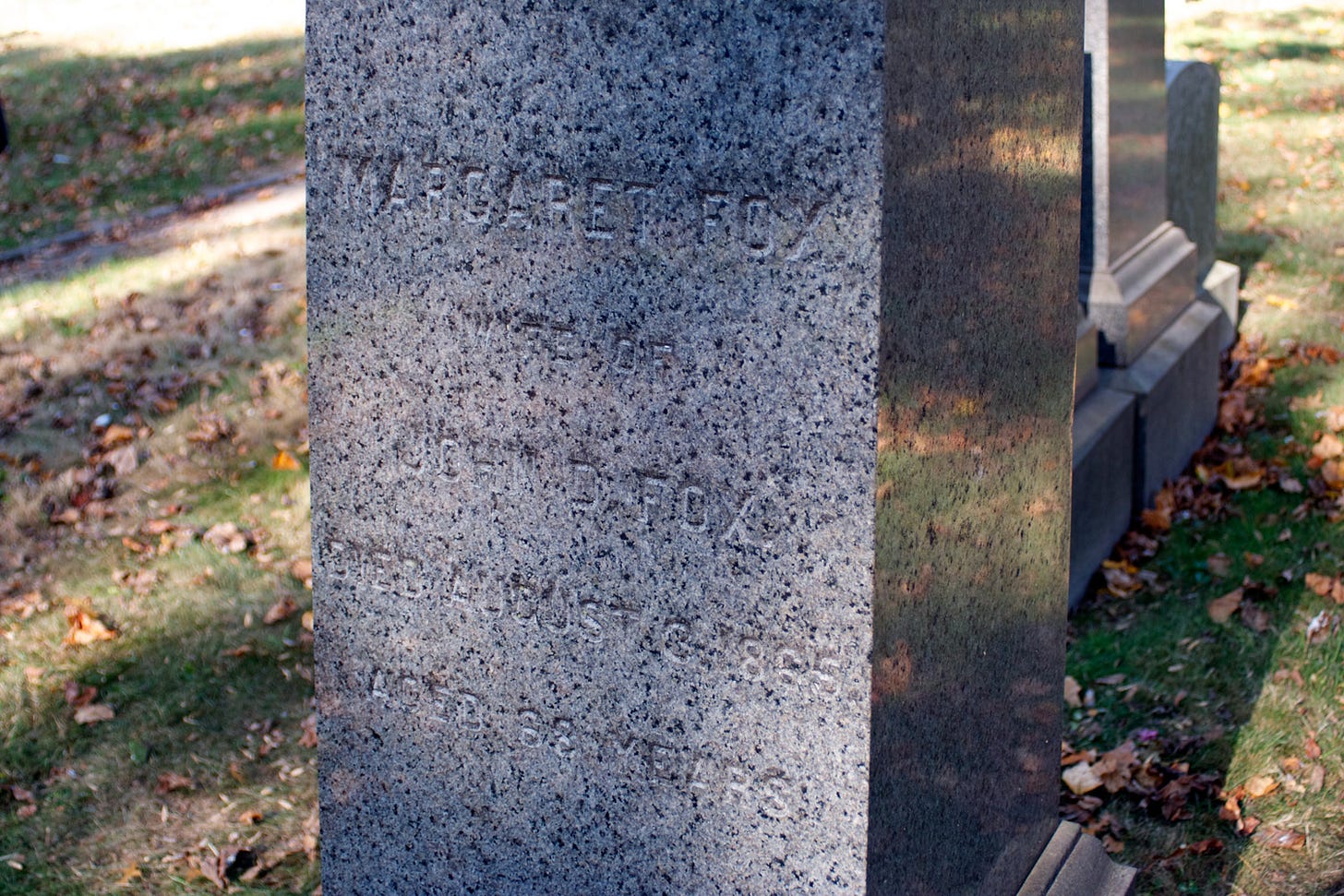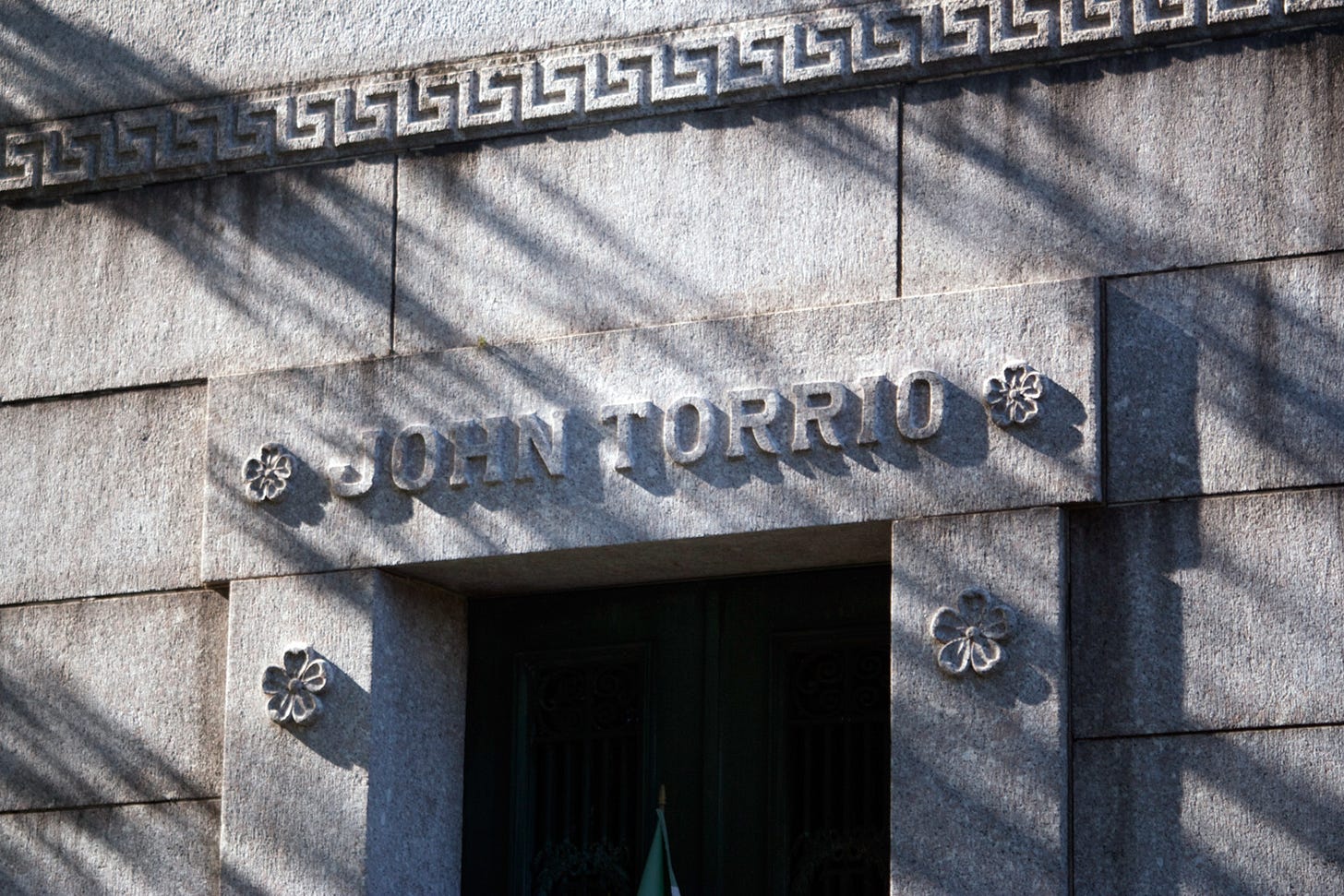Ghosts of Green-Wood
A few of the more infamous inhabitants of Brooklyn's most famous cemetery
Brooklyn’s sprawling, historic Green-Wood Cemetery has fast become one of my favorite places in the city. This cemetery-as-park serves as the last resting place for many of the city’s most famous figures, as well as a few of its most infamous. On a walking tour of the cemetery, I visited some of the most notorious scalawags and tragic figures.
Margaret Fox was one of the founding figures of Spiritualism, which became her passion after she discovered her two daughters, Kate and Maggie, could communicate with the dead. What began as a prank on their superstitious mother soon spiraled out of control, and before too long a religious movement had been born of the young girls’ ability to pull one over on their mom. Under the guidance of their older sister, Leah, the daughters toured the US, performing seances and making a bundle of cash while Spiritualism became the biggest trend in America. A Spiritualist colony was even founded in Cassadega, Florida. Later in life, one of the daughters went on a lecture tour explaining that the entire thing had been bullshit and demonstrating how they’d faked the seances. This pretty thorough debunking did little to stem the tide of Spiritualism though, and the belief continued to flourish even if its adherents turned their back on the sisters.
John Anderson was a wealthy tobacconist who was suspected of murdering a beautiful young woman, Mary Rogers, who had been hired to attract customers to Anderson’s store and who was found dead in the Hudson one terrible day. Rumor has it that Anderson cut a back room deal to avoid prosecution, though he later claimed to have been endlessly harassed by the murdered woman’s ghost. The entire thing was covered by a young writer named Edgar Allan Poe, who eventually adapted the events into the story, “The Mystery of Marie Roget.”
James Noe was a wealthy industrialist who was beaten to death with his own monkey-handled cane by a thief and notable Five Points thug named Dandy Johnny Dolan when Noe interrupted Dolan in the midst of doing a bit o’ thievery on the morning of August 22, 1875. Dandy Johnny carried an eye gouger with him, and fearing the rumor that the last thing a person sees before dying would be imprinted on their eye, Dolan gouged out Noe’s eyes. He was later arrested because he’d been showing the eyes off to his buddies at a bar. He was hanged on April 21, 1876, at New York City’s Tombs Prison. Noe’s former home at 58 Morton Street eventually became the home of actor Elliot Gould, shortly after his divorce from Barbara Streisand. His neighbor at 60 Morton Street was John Belushi.
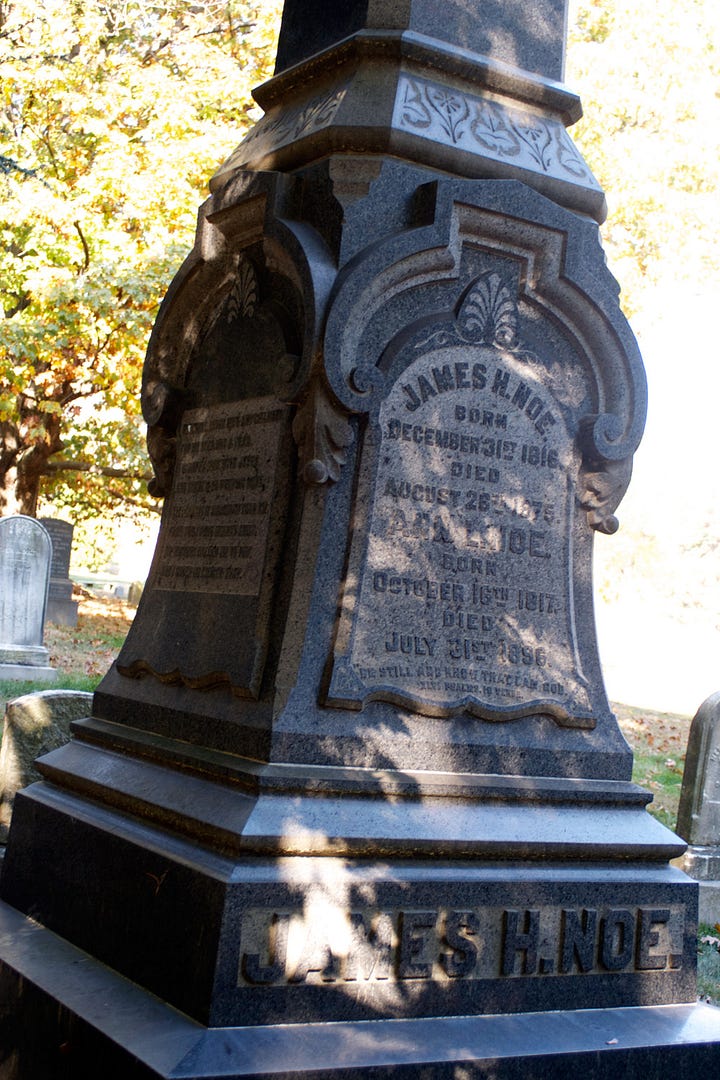
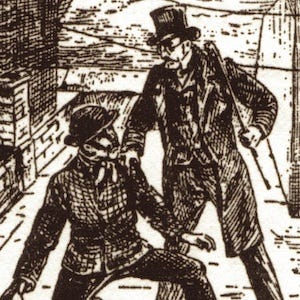
Emma Cunningham mercilessly pursued bachelor Dr. Harvey Burdell, even going so far as to buy the house he rented AND hire a Burdell lookalike to go down to city hall and fake a marriage. When Burdell was found butchered in his room, she was the primary suspect but managed to swindle her way out of a conviction. Burdell was eventually laid to rest in Green-Wood. Emma was later arrested when she was caught buying a newborn baby to pass off as the child and rightful heir of Burdell. For years, it was assumed she died in California, after police agreed not to prosecute her if she left town and never returned. But she did return, if only as a corpse, and was also interred at Green-Wood after a cousin took pity on her and remarked, “I did not like her, but it seemed the least I could do.” Her epitaph reads “May God rest her troubled soul.” So there she lies, much to Burdell’s presumed chagrin, pestering him even after death.
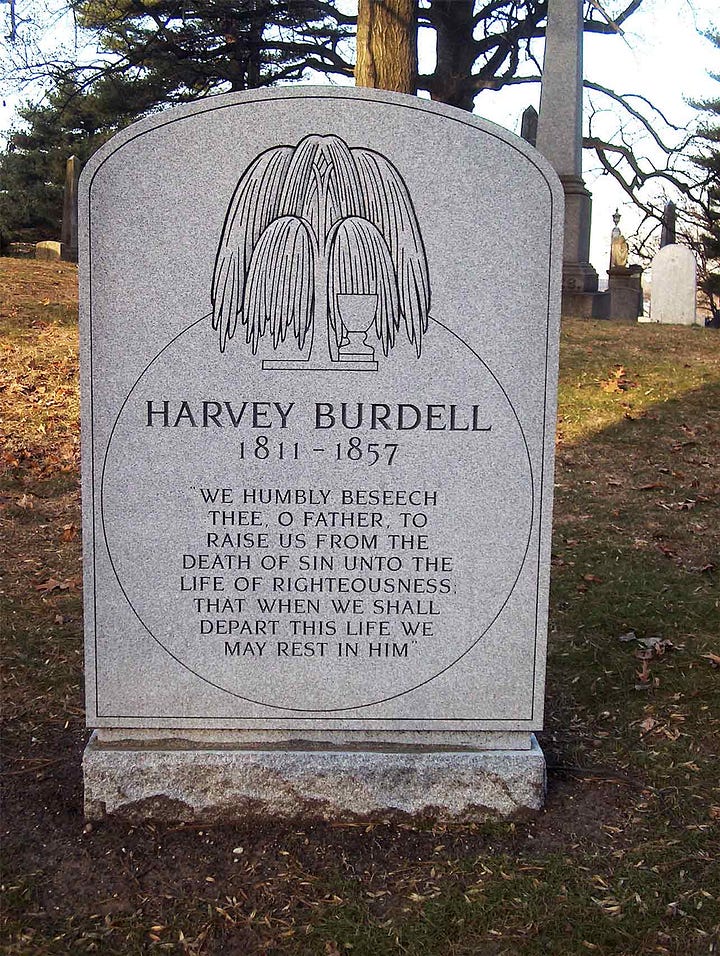
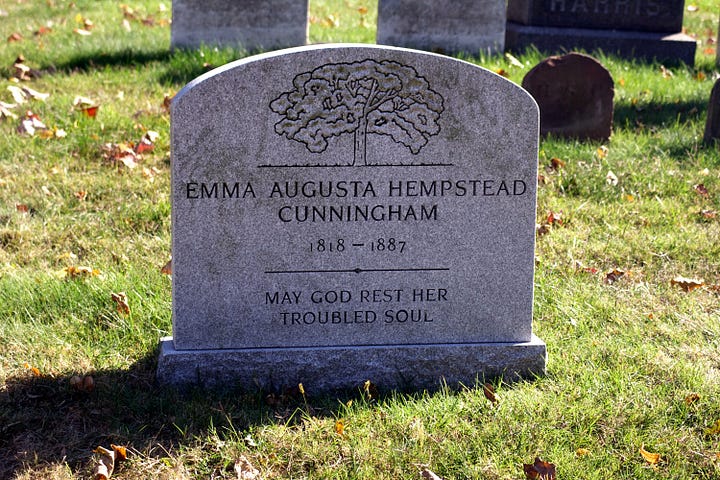
John Torrio was a legendary Chicago gangster best known today as the man who mentored Al Capone (and was played on Boardwalk Empire by Greg Antonacci). “Papa Johnny” started out as a porter in a Manhattan hotel but quickly fell in with the notorious Five Points Gang, where he rose through the ranks quickly. Eventually he moved to Chicago to kill some extortionists, and then later he became one of the city’s biggest operators of brothels, bootlegging, and numbers games. After he was nearly murdered himself, and subsequently spent a year in jail, Torrio decided to turn the reigns over to Capone, though Torrio himself wasn’t exactly finished in the underworld. He was the guy who pitched to a number of other major crime bosses the idea of a group of families who would consult one another and more or less govern most of the major crime in the United States. New York crime kingpin Lucky Luciano embraced and implemented the idea, giving birth to the National Crime Syndicate—or simply, the Mob.
Speaking of the Mob, Albert Anastasia was one of the New York underworld’s most ruthless killers. He killed his first man (or at least, that we know of) at the age of eighteen, and was convicted and sentenced to death. A technicality got him a new trial however, and by then four of the witnesses for the prosecution had mysteriously disappeared. Anastasia was a free man and soon became a major player in the crime syndicate headed by Lucky Luciano. Anastasia’s enduring contribution to the underworld was as the boss of Murder, Inc., one of the deadliest gangs of killers in the city. In the 1950s, Anastasia became the boss of the Gambino crime family, a bloody reign that ended when rival gunmen shot Anastasia dead while he was getting a haircut at the Park Central Hotel.
That’s hardly the end of Green-Wood’s offering of scoundrels, ghosts, killers, and kooks. From Boss Tweed to Bill the Butcher, poisoner Roland Molineux and “scoundrel mayor” Ferdinand Ward, Green-Wood has plenty of unsavory and tragic characters sleeping in its grounds. After all, there are over half a million permanent residents of the cemetery—and not all of them went to Heaven.




